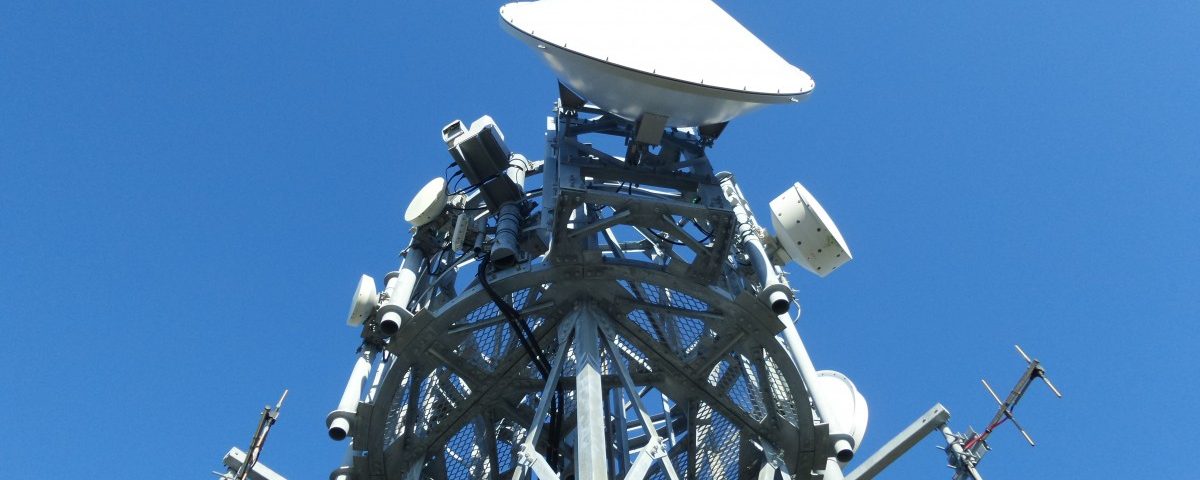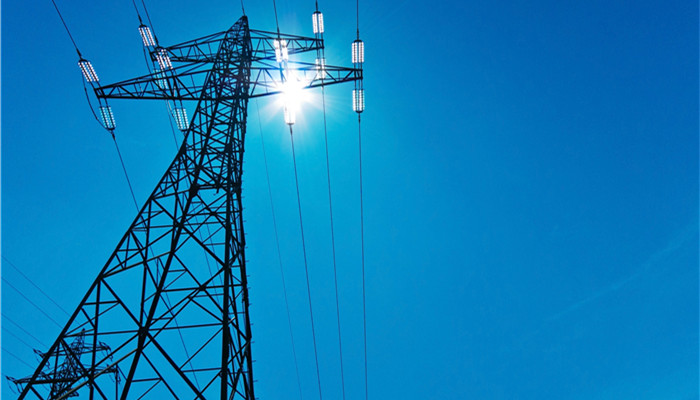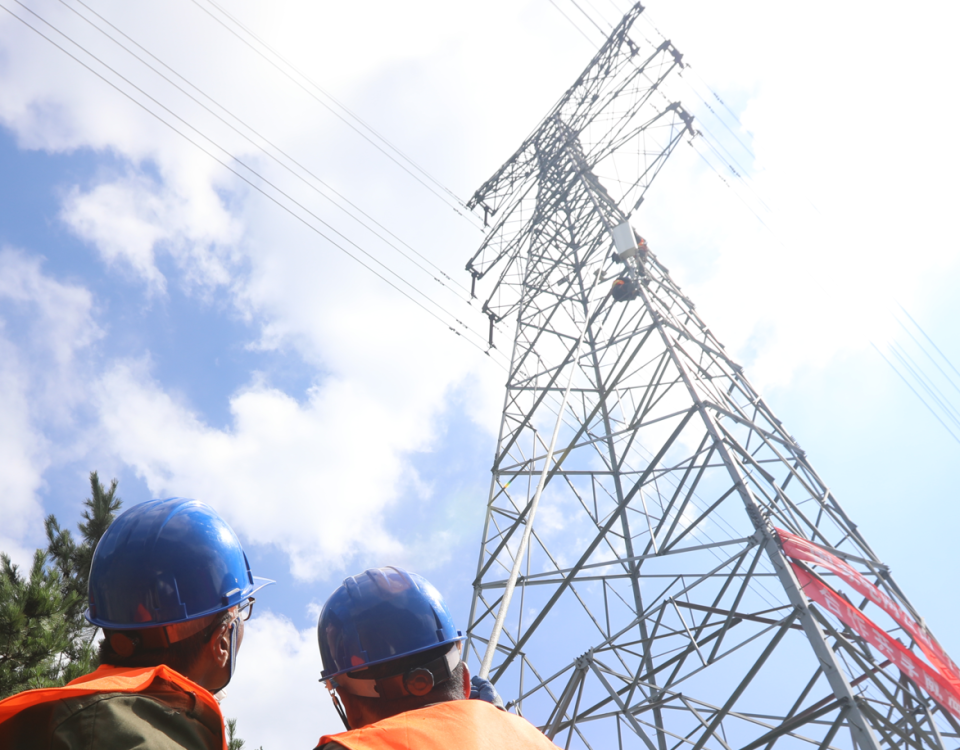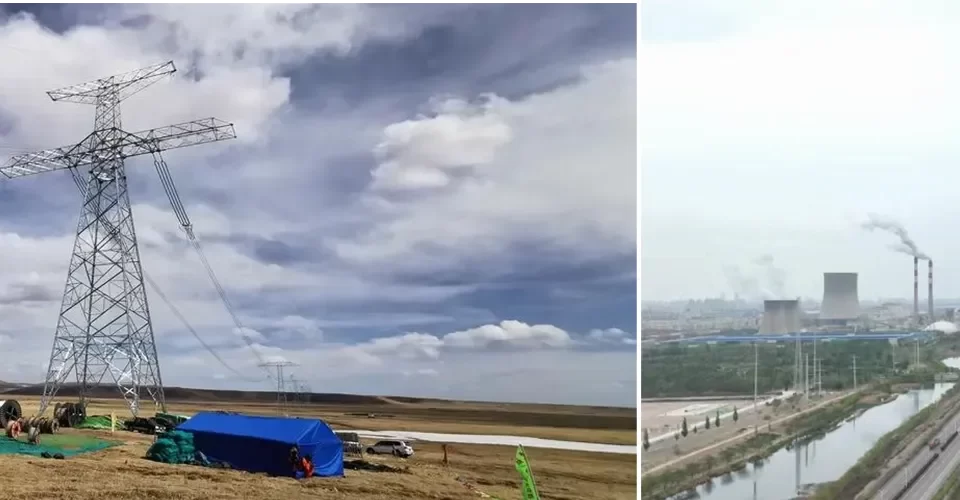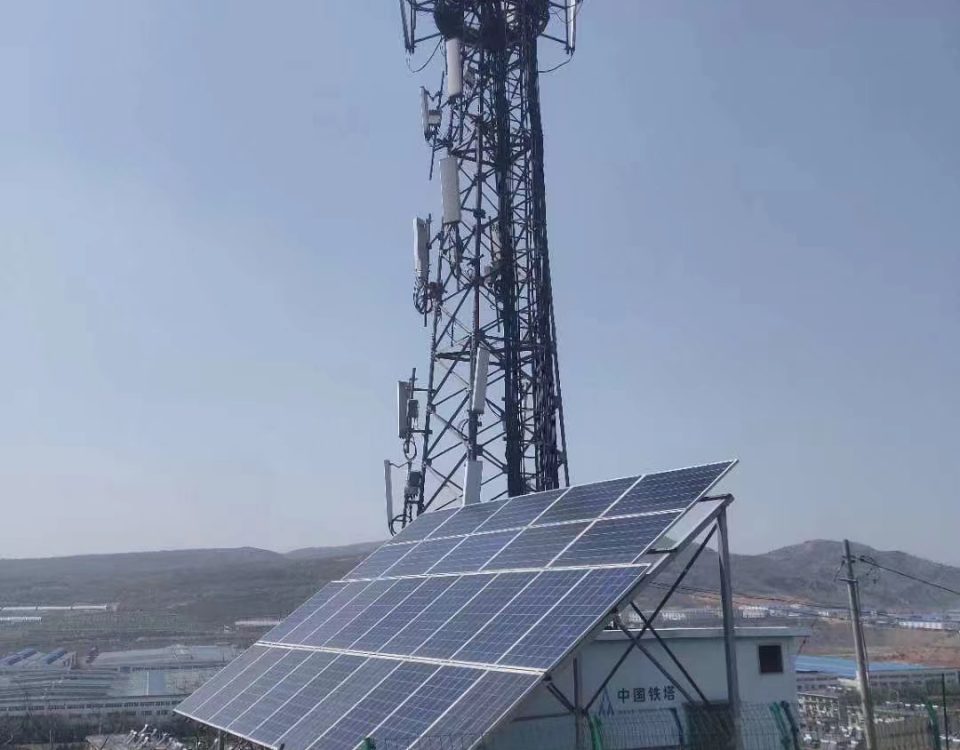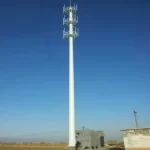
5G Wifi Signal Monopole Tower: Unlocking the Future of Wireless
October 6, 2024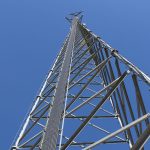
Self-Supporting Lattice Telecommunication Towers
October 9, 2024difference between a cell tower, RF tower, and microwave tower?
Introduction
In the rapidly evolving world of telecommunications, understanding the infrastructure behind wireless communication is crucial. This article explores the distinctions between cell towers, RF towers, and microwave towers, examining their functions, technologies, and future developments.
1. Cell Towers
1.1 Definition and Function
Cell towers, also known as cell sites, are structures equipped with antennas and electronic communications equipment. They facilitate wireless communication for mobile devices by connecting them to the cellular network, enabling voice, data, and messaging services.
1.2 Technology
- Frequency Bands: Operate on various frequency bands, typically ranging from 700 MHz to 2.6 GHz.
- Components: Include antennas, transceivers, power sources, and backhaul connections.
- Coverage: Designed to cover specific geographic areas known as cells, ensuring seamless connectivity.
1.3 Deployment
- Locations: Found in urban, suburban, and rural areas, with configurations adjusted to population density and geographic features.
- Types: Include macro cells, microcells, picocells, and femtocells, each serving different coverage needs.
1.4 Health and Safety
- Regulations: Must adhere to safety guidelines set by organizations like the FCC and ICNIRP to limit RF exposure.
- Public Concern: Ongoing research investigates potential health effects, though current evidence suggests compliance with safety standards poses minimal risk.
2. RF Towers
2.1 Definition and Function
RF (Radio Frequency) towers are structures that transmit and receive radio waves for various communication purposes. They serve broader applications beyond cellular communication, including broadcasting and two-way radio services.
2.2 Technology
- Frequency Range: Operate across a wide spectrum, from low frequencies used in AM radio to higher frequencies for FM radio and television broadcasting.
- Components: Include antennas designed for specific frequency bands and transmission equipment to modulate and demodulate signals.
2.3 Applications
- Broadcasting: Essential for radio and television transmission, reaching large audiences over vast areas.
- Communication: Used by emergency services, aviation, marine, and amateur radio operators.
2.4 Health and Safety
- Exposure Limits: Governed by strict regulations to minimize potential health risks from prolonged exposure to RF radiation.
- Research: Studies continue to assess the long-term effects of RF exposure, focusing on occupational safety for workers near these towers.
3. Microwave Towers
3.1 Definition and Function
Microwave towers are specialized structures used to relay microwave signals between locations. They are integral to point-to-point communication systems, providing backbone connectivity for telecommunications networks.
3.2 Technology
- Frequency Bands: Operate in the microwave spectrum, typically from 1 GHz to 100 GHz, with common usage between 3 GHz and 30 GHz.
- Line-of-Sight: Require direct line-of-sight between towers, necessitating careful placement and alignment.
3.3 Applications
- Backhaul: Critical for connecting remote cell sites to the core network, especially in areas where fiber optics are impractical.
- Data Transmission: Used in telecommunication networks, broadcasting, and internet services for high-capacity data transfer.
3.4 Health and Safety
-
- Regulatory Standards: Ensure safe exposure levels, with guidelines similar to those for RF towers.
- Environmental Impact: Placement and operation consider potential effects on wildlife and ecosystems.
4. Comparative Analysis
4.1 Structural Differences
- Design: Cell towers often feature multiple antennas for diverse frequency bands, while RF and microwave towers may have specialized antenna designs for specific purposes.
- Height and Location: Microwave towers are typically taller and situated on elevated terrain to maintain line-of-sight connections.
4.2 Technological Differences
- Frequency Use: Cell towers focus on mobile communication frequencies, RF towers cater to a broader range of radio frequencies, and microwave towers handle high-frequency, high-capacity data links.
- Coverage and Capacity: Cell towers prioritize widespread coverage and user capacity, while RF and microwave towers emphasize signal strength and transmission efficiency.
5. Future Developments
5.1 Technological Advancements
- 5G and Beyond: Cell towers are evolving to support 5G technology, requiring denser networks with advanced antennas like Massive MIMO.
- Smart Towers: Integration of AI and IoT for real-time monitoring and optimization of tower performance.
5.2 Environmental and Health Considerations
- Green Energy: Adoption of renewable energy sources to power towers, reducing carbon footprints.
- Ongoing Research: Continued investigation into RF and microwave exposure impacts to refine safety standards.
5.3 Infrastructure Expansion
- Rural Connectivity: Expansion efforts focus on bridging the digital divide by deploying more towers in underserved areas.
- Satellite Integration: Combining terrestrial and satellite technologies to enhance global communication networks.
Conclusion
Understanding the distinctions between cell, RF, and microwave towers is essential for appreciating their unique roles in modern communication. As technology advances, these towers will continue to adapt, ensuring robust, safe, and efficient communication networks worldwide. Further research and technological innovation will drive future developments, addressing both technical and environmental challenges.

